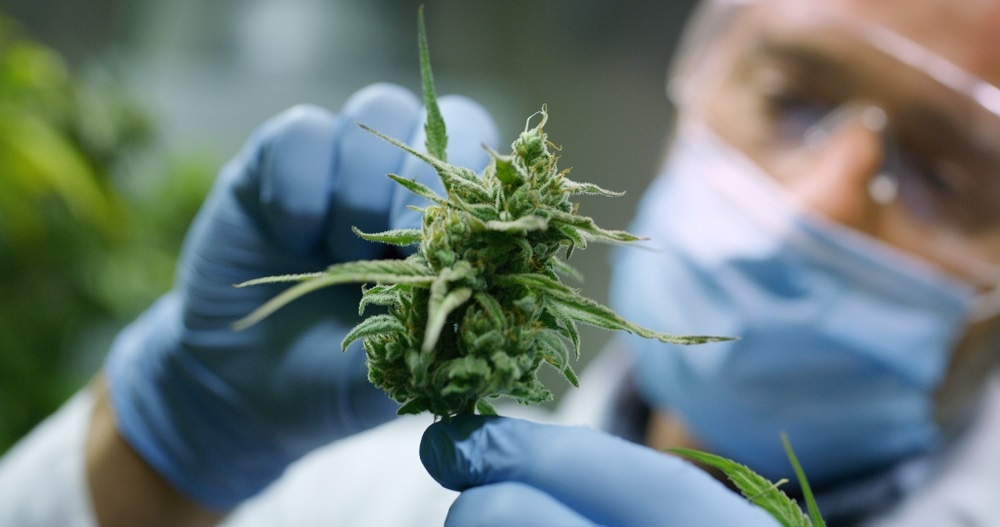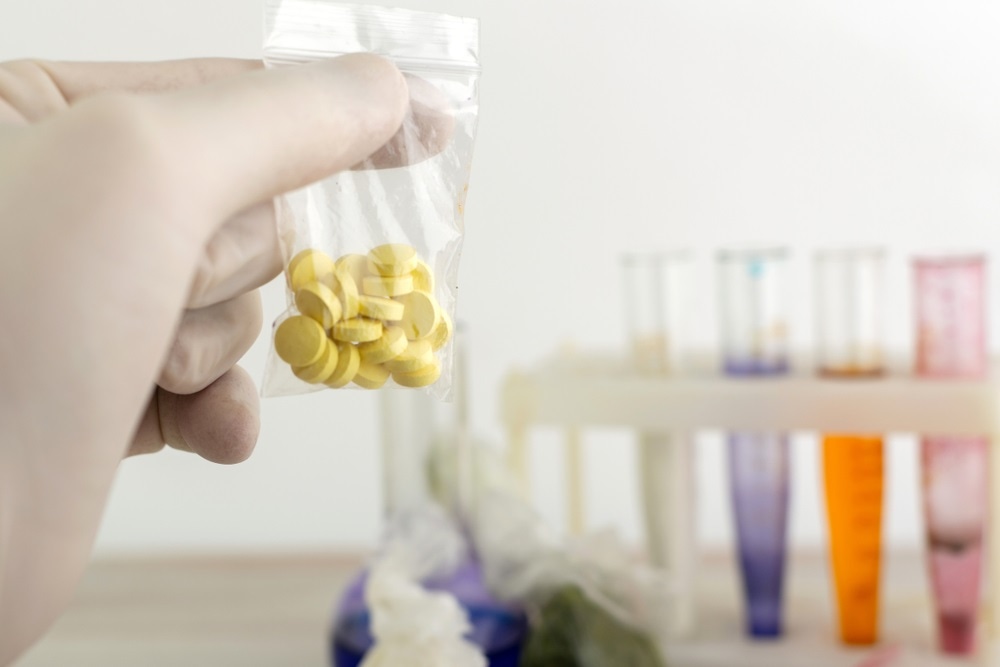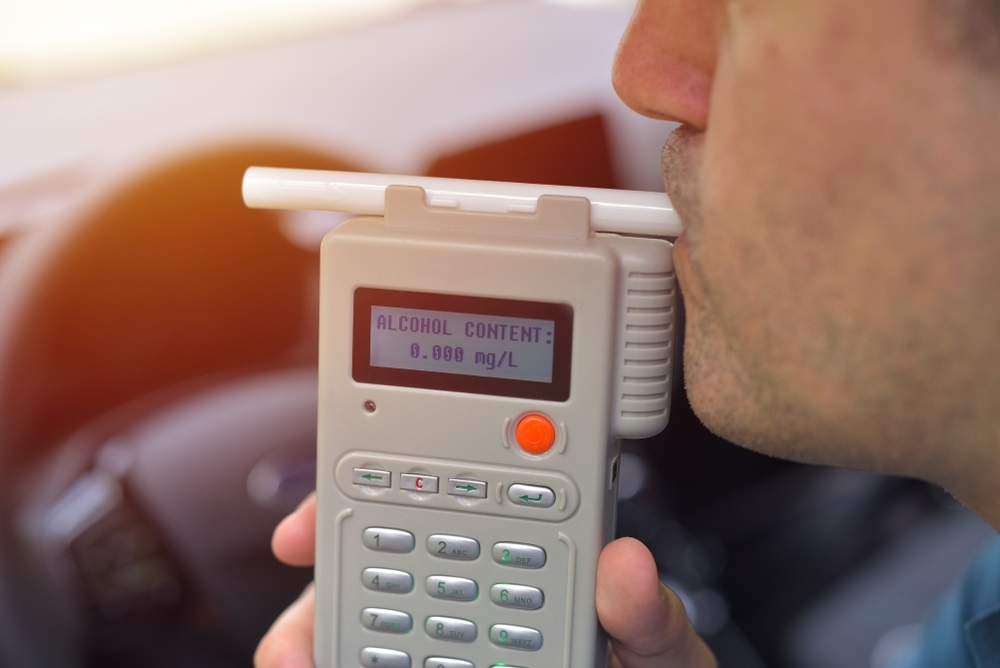Challenges of Cannabis Analysis and Impacts on Driving and Public Health

.jpg) Thought LeadersDr. Madeleine SwortwoodAssistant Professor, Department of ForensicsSam Houston State University
Thought LeadersDr. Madeleine SwortwoodAssistant Professor, Department of ForensicsSam Houston State UniversityIn this interview, Dr. Madeleine Swortwood of Sam Houston State University talks to News-Medical Life Sciences about the symposium she will lead at Pittcon this year on the analytical challenges of cannabis and its impacts on driving and public health.
What role does cannabis play in 2021, especially in the realm of public health?
With increased medicinal and recreational use, we really need to have a solid understanding of how this is going to impact drug-impaired driving, workplace safety and even accidental toxic exposures.
What are some analytical challenges and impacts on driving and public health when studying cannabis in biological contexts? What innovative analytical methodologies have emerged to address these challenges?
There is really a lot of disagreement when it comes to cannabis safety, especially with regards to human performance and impairment. We are going to discuss why cannabis impairment is challenging to establish and the difficulty of instituting limits like we have established with the alcohol 0.08.
We now have the ability, from an analytical standpoint, to detect lower levels of cannabinoids, and we also have the ability to identify and quantify other cannabinoid markers. With sensitive instrumentation this allows us to assess cannabinoids in emerging fluids and tissues like umbilical cord and oral fluid.

Image Credit: HQuality / Shutterstock.com
As you mentioned, cannabinoids are absorbed by biological fluids and tissues after consumption for either medicinal or recreational purposes. Why is it important to detect and quantify these?
THC is the psychoactive component of cannabis. It is really important to be able to identify the impairing substances in an individual. Typically, the metabolites are often targeted in a laboratory assay and it can establish that cannabis has been used, but the metabolites do not necessarily correlate with impairment and it does not really allow us to identify when cannabis was used.
So, we are constantly trying to improve our ability to identify recent cannabis use so that we can rule out maybe something that occurred several days prior.
AZoNetwork on Vimeo.
Can you describe the novel analytical procedures for the detection and quantification of drugs of abuse you have developed and how you are approaching your aim of further inventing universal techniques for easy application in forensic toxicology laboratories?
Over the past few years I have been focusing on the use of liquid chromatography, tandem mass spectrometry to analyze traditional and synthetic or designer drugs of abuse in various fluids. I have been putting a lot of my focus on alternative matrices like oral fluid.
I have worked in a variety of different laboratories and everyone faces some type of shortfall when it comes to resources, whether that is instrumentation, budget, staffing. Because of that, I want to produce techniques that are easily implemented in laboratories that can use equipment that they either already have or that they could easily obtain, because those are ultimately going to be the end users of some of these techniques.
Moving away from things like immunoassay towards mass spec-based screening, even translating a lot of older methods from GCMS to LCMS, or even updating some of the extraction techniques from liquid-liquid extraction to solid phase extraction and doing those types of methods in a way that is still affordable and really can be easily validated in any of the labs.
You recently published a study titled “Identifying and Quantifying Cannabinoids in Biological Matrices in the Medical and Legal Cannabis Era”. Can you tell us more about these biological matrices you used?
This was a huge review paper that I put together with two of my colleagues, Dr. Erin Karschner and Dr. Marilyn Huestis, who will be speaking in the symposia with me. We really wanted to summarize the methods that are available in the literature of the past 20 years.
We reviewed nearly 300 articles so that we could summarize and demonstrate the analytical techniques that are used for traditional matrices, like blood and urine, but also for some of the more emerging alternative matrices, like oral fluid, breath, hair, meconium and umbilical cord.
Pittcon 2021: March 8th-12th
Register for Pittcon 2021
Can you define NPS, or new psychoactive substances, which have become more popular on the drug market and public health forefront and elaborate on their impact? Can other drugs like marijuana, cocaine and designer drugs also be analyzed with a focal point on public health spheres?
NPS are structurally or chemically similar to traditional drugs of abuse, like THC, MTMA, PCP; however, their structures are slightly modified. This is usually in an effort to either increase potency or as a mechanism for evading legislation or traditional drug testing avenues.
They are not only extremely dangerous and highly toxic, but they are also very difficult to analyze in a laboratory since their structures are constantly evolving. It is a moving target for us. All of these drugs remain a huge issue, especially from a public health perspective, especially when it comes to things like impaired driving and workplace safety. I think it is really important to educate the public on drug safety or the lack thereof.

Image Credit: busliq / Shutterstock.com
That is a really important point about the public health perspective. Could you explain further how the presence and influence of cannabinoids in driving and public health cases has changed over time?
Cannabis remains the most common non-alcohol drug that is involved in driving under the influence cases. As we see an increase in medicinal use, decriminalization and recreational use, the public no longer sees cannabis as a safety or an impairment issue. We need to keep those things in mind and and educate the public.
From forensic toxicology and analytical chemistry to controlled substances and clinical toxicology, your expertise covers a wide range of fields. Can you describe working in the intersection of science and public health and how this interdisciplinarity drives your work?
I think it is really important to address scientific problems from multiple angles and I have been fortunate to work in a variety of different labs that have helped me not only build my experience, but ultimately helped me shape the research group at Sam Houston State.
My research has to have an impact on the community because that is what makes the research meaningful. No one wants to just do research in a vacuum. So, things like better drug testing or even understanding how the drugs behave in the body will ultimately help shape policy and really lend to educating the public on drug safety really for the better.
What are some future steps you will be taking with your research in the next 5 to 10 years and what do you expect cannabis’ role to be in the future of public health?
I would really like to continue working towards identifying recent use markers, especially in alternative matrices, like oral fluid and maybe even breath. I would really like to see more research go into oral fluid drug testing, both from a roadside standpoint for things like drug impaired driving, or even workplace drug testing.
I would also like to see more labs develop confirmation methods so that we can run the gamut of drug testing and accomplish the same scope of analysis in oral fluid that we might be looking at for blood or urine. Oral fluid has a lot of advantages.
People are a lot more willing to provide an oral fluid swab or a saliva swab than they are to provide a urine cup or have a phlebotomist take a blood sample. So, I would really like to continue to see oral fluid come up in the field.
While cannabis is not legal at a federal level in the United States, so many individual states have approved medicinal or recreational use. We need to continue to manage the effects that cannabis will have on impaired driving and workplace safety. Just because something is legal does not mean that it is safe for someone to use all the time, just like you would not drink at work or drink and drive. We really need to have that same type of approach for cannabis.

Image Credit: Daniel Chetroni / Shutterstock.com
You are playing a role in the future of public health as well as a long-time member of the Society of Forensic Toxicologists and American Academy of Forensic Sciences. What is the importance of such government and health organizations and their drug regulations on research and policy, especially as legalization of various drugs is unstandardized in America?
It is really difficult to imagine, but drug use in one state could be perfectly fine but could really result in serious consequences in another state. We do not have any standardized limits when it comes to impaired driving with any of the drugs, so we do not have something that is equivalent to the 0.08 that we can compare to for alcohol.
It is really hard to come up with some type of legislation that would be good for every drug of abuse that we are encountering. These organizations are great for networking, collaborating and staying up to date with the top research in the field. They provide an excellent platform for rapid dissemination of knowledge, upcoming research and even clues us into drug trends.
Especially when we are thinking of new or novel psychoactive substances. Once one of those compounds is scheduled, sometimes it means that another compound that has yet to be scheduled will appear in its place on the drug market. The regulations are really going to dictate the drug trends, so we really need to be aware of what is illegal and what is scheduled and what might be coming up next.
Why did you choose to present your work at Pittcon this year and how does this event contribute to your research and its wider impact on public health industries?
Last year the cannabis workshop was really well received and we wanted to expand on what was introduced by our colleagues and bring a few more angles to the forefront. Pittcon allows me to connect with other scientists.
It allows me to help broaden my knowledge, but it also helps me disseminate my findings and my research to a larger and even slightly different group in the scientific field. Pittcon brings together the best researchers, top scientists, and all of the analytical vendors that we need to really help propel the field forward, even if we are doing so remotely this year.
Pittcon 2021: March 8th-12th
Register for Pittcon 2021
Finally, as things look a little different in 2020 this year, are you looking forward to a virtual Pittcon bringing the science community together and new trends that will emerge?
I am definitely looking forward to really seeing how Pittcon allows us to maintain networking and collaboration like we would in a traditional setting. It will be exciting to see what everyone else has been accomplishing while we have been stuck at home and maybe not in the lab as much as we would like.
I would really like to see how we can all get together and bring the research one step further in the years to come. I really see conferences as a way of celebrating research, of bringing people together. I always tell my students that it is a reward for working hard all year and being able to present your research to your colleagues. But I also find that conferences are the best way to network.
They are the best way to figure out how someone else might be addressing a similar problem, or it might be approaching it from a slightly different angle. And the more minds you have working on a problem, the farther you are going to get. I enjoy taking part in conferences because without it, you are again just doing research in a vacuum and really not paying attention to what other people are doing. So, we all have to work together.
About Dr. Madeleine Swortwood
Dr. Madeleine Swortwood joined the Department of Forensic Science at Sam Houston State University as an Assistant Professor in August 2016. Dr. Swortwood received a Bachelor's degree in Biochemistry from Duquesne University in 2009 and a Ph.D. in Chemistry from Florida International University (FIU) in 2013. From 2014-2016, she completed a postdoctoral fellowship with the National Institute on Drug Abuse, a division of the National Institutes of Health (NIH). She investigated toxicology and metabolism of cannabinoids and stimulant drugs and developed skills in the administration of the Drug Recognition Expert tests to identify drug use in the field. She was an associate investigator in a controlled cannabis administration clinical trial and also examined in utero drug exposure..jpg)
During graduate school, Dr. Swortwood served as an intern at the Food and Drug Administration's Forensic Chemistry Center and the Miami-Dade Medical Examiner's Toxicology Laboratory, where she was hired as a full-time forensic toxicologist. As a forensic toxicologist, she performed routine post-mortem drug analyses from sample acquisition to screening, confirmation, and quantification of drugs, volatiles, and poisons.
Posted in: Drug Discovery & Pharmaceuticals | Thought Leaders
Tags: Alcohol, Analytical Chemistry, Assay, Blood, Cannabinoid, Cannabis, Chromatography, Compound, Drugs, Hair, Immunoassay, Laboratory, Liquid Chromatography, Mass Spectrometry, Metabolites, Pittcon, Public Health, Research, Spectrometry, students, Toxicology, Umbilical Cord
Source: Read Full Article